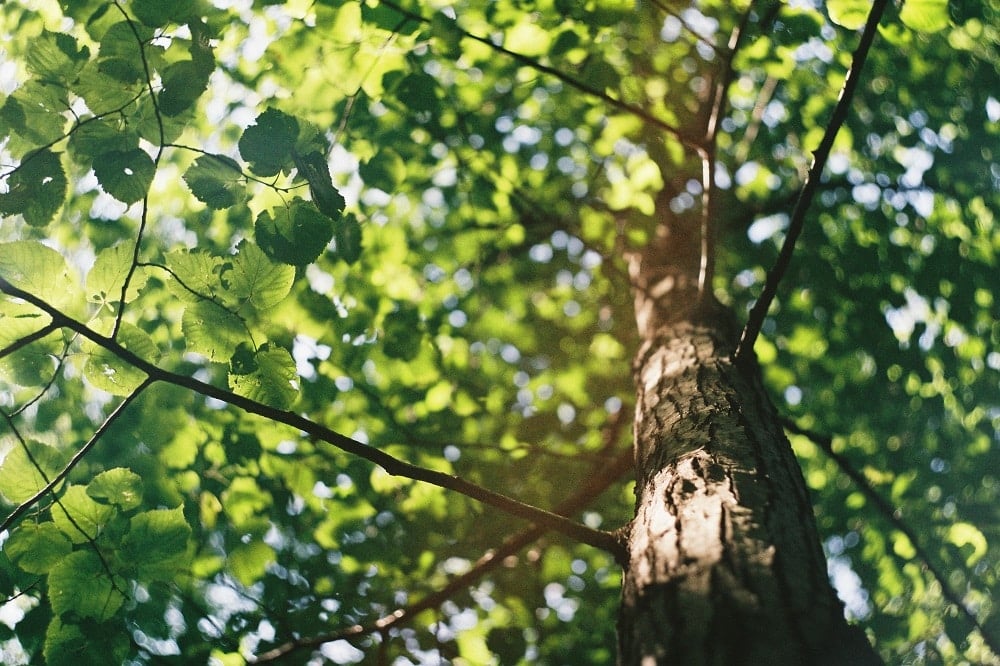Trees are essential assets that enhance any landscape. Therefore, nurturing and caring for them are of the utmost priority for lawn enthusiasts and gardening experts.
For them to stand tall for years, you must make sure that they are healthy and able to avail sufficient amounts of nutrients, light, and air. Most of the time, when a tree is surviving in a less than perfect environment, there are some tell-tale signs of damage.
For instance, when the leaves are wilting in summer or the tree has become a haven for wood-boring pests. It’s difficult to tell whether they are diseased or dying, despite the signs. That’s why we have decided to help you understand the situation better.
Without further ado, let’s get down to business.
Signs Of A Dying Tree
A dying tree is a liability, and it’s best to get rid of it before it causes any further harm to your property. So, keep an eye out for the signs listed below.
-
The Tree Has A Few Healthy Leaves Left
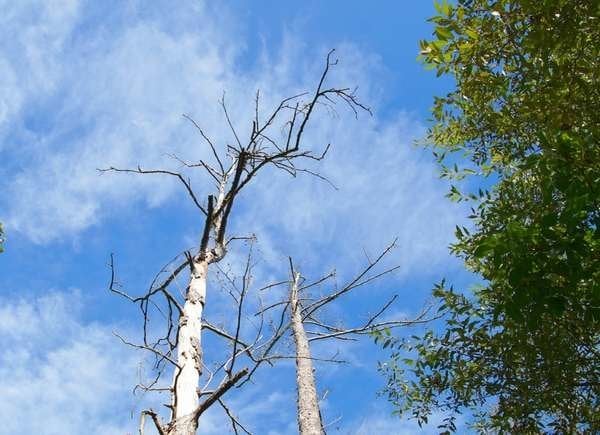
For deciduous varieties, watch out for branches that look bare, showing only brown and brittle leaves during the growing season. The lack of lush green leaves during this period is definitely concerning.
Furthermore, you may find dead leaves clinging to the tree well into winter, which are otherwise supposed to fall off. When dying or under stress, the coniferous evergreens start to show brown, red, or yellow needles or leaves. This is indicative of a serious problem that needs to be addressed right away.
-
The Tree Has A Brown, Brittle Or Cracked Bark

When a tree is nearing its end, the bark starts to loosen and falls off in large chunks. Alternatively, it may also have extensive vertical cracks that start from the bottom and go far up. Experienced arborists suggest checking for deep splits that permeate the many layers of the mature wood stem.
Also, see if there are any internal or external cavities. These cracks often impact the integrity of the tree and weaken the structure. The situation gets worse during storms, heavy rainfall, blizzards, and other catastrophic weather events.
-
It’s A Haven For Critters And Fungus
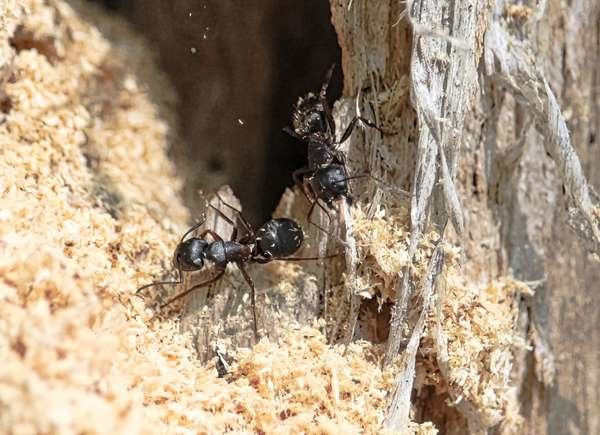
Pests like carpenter ants and bark beetles live in trees that are gradually dying or under a lot of stress. These critters are typically found in the dead, dying, or weak trees, serving as hosts. As for fungal infections, examine the bark for cankers (discolored patches or dents on the bark).
Another sign is when mushrooms start sprouting on the ground, at the tree base, or on the structure itself. These indications signify rot in the trunk or roots. Gradually, the decay spreads throughout the tree structure, weakening it over time, this can be avoided though with proper disease control for trees, an early diagnosis changes the whole game!
-
The Tree Has A Lot Of Dead Wood

A few dead branches or some amount of dead wood doesn’t indicate that you have a dying tree. This can be easily dealt with if you adhere to a regular pruning schedule, especially during the dormant season. This ensures that your trees remain healthy and strong.
However, the real problem arises when it becomes a dominant phenomenon. More often than not, an alarmingly high amount of dead wood indicates sickness or that it is dying. You should know that dead trees and branches no longer have structural integrity and can fall off at any time. This is a potential hazard to your home and family members.
So, if you’re sure that a tree is beyond saving, hire experts to cut it down right away. Avoid attempting to get rid of it on your own as that’s not a very safe approach.
-
The Tree Suddenly or Gradually Develops A Lean
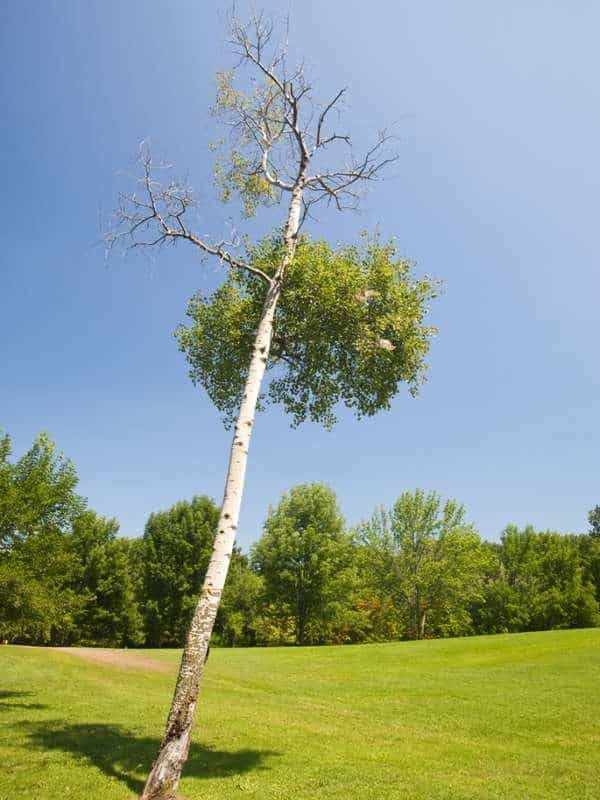
Any unusual growth patterns may hint at a general lack of health or structural imbalance. According to the rule of thumb, if a tree leans by more than 15° degrees from the upright position, it indicates wind or root damage.
Large and tall trees that have tipped due to forceful winds, rarely recover and eventually die. Usually, it’s evident as the slant is quite discernible, and as such, the tree may get uprooted in the next storm.
-
It Shows Signs Of Root Damage
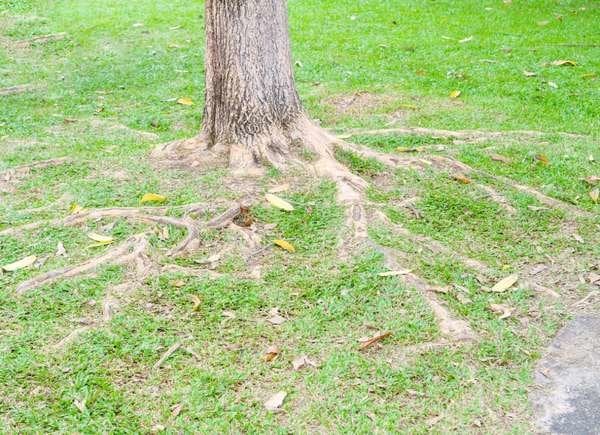
Mature trees have an intricate root system that runs deep underground, so figuring out damage is no walk in the park. If your property has recently undergone excavation for construction projects, in the vicinity of the tree, watch for any changes in its health after that time.
If you spot some damages, it has most likely occurred due to root damage during the digging process. Likewise, if the tree has a partially exposed or shallow or root system, be mindful of the subtle changes that indicate the negative impacts of extreme elements. Also, poor soil compaction can affect the vitality of roots.
Other common signs of root damage include insufficient annual growth, thinning foliage, yellow smaller sized leaves or wilted brown leaves, and dead branches during the growing season.
-
The Tree Fails The Scratch Test
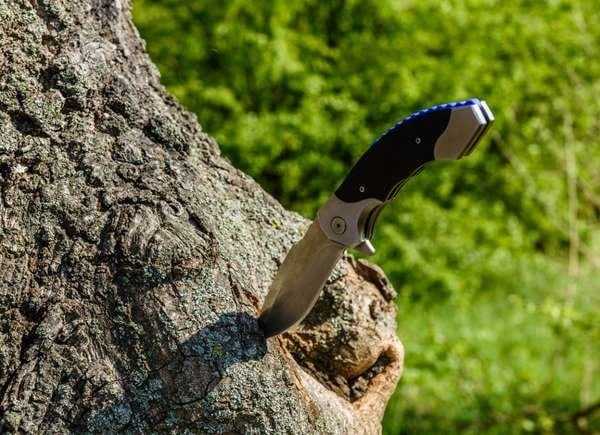
Immediately beneath the external, dry bark layer lies the cambium layer. It’s supposed to be green if the tree is in a healthy condition. However, it’ll appear dry, brown, and lifeless if the tree is dead or dying. To find out, we suggest performing a simple scratch test.
Use a fingernail or a pocket knife to peel off a small strip of the outer bark layer. By doing this, you can check the underlying cambium layer. We suggest repeating the test across multiple areas on the surface to determine if the entire tree is dead or just some branches.
Signs That Your Tree Is Just Sick
A healthy tree stays strong and upright, but things can surprisingly go south due to human-made and natural events. Factors like wind, heavy rainfall, and extreme cold and heat can affect the tree’s health. While these environmental causes are unavoidable, try and reduce the impact of human interference and activities that harm the tree.
Furthermore, trees should be routinely inspected, at least once every season, and after severe storms. Healthy trees typically have full crowns (the cluster of branches and leaves extending from the main trunk). However, don’t let the sight of green leaves convince you. Sometimes, trees can be sick and still bear lush, green leaves.
The following are some of the common symptoms that indicate poor health in trees.
-
Dead Wood
Dead, blackened wood looks dry and breaks off easily. They become brittle and can’t adjust to the wind like healthy branches. That’s why dead branches are also known as widow makers and need to be chopped off immediately before they cause further damage.
-
Weak Branch Unions
Weak branch unions refer to those intersections where the branches are loosely attached to the tree. This usually happens when a pair of branches grow closely together, and the bark intervenes between them. Since the bark is weaker than wood, it compromises the tree and branch junctions.
-
Cracks and Cankers
Cracks are deep, gaping slits that run up the bark, usually indicating that the tree is about to fail. Whereas cankers are holes or gouges, where the bark is missing. These increase the chance of stem damage near the canker.
-
Unhealthy Growth Pattern
Poor tree architecture is indicative of an irregular and unhealthy growth pattern. This is evident if the tree is lopsided or leans at an awkward angle. This is a result of storm damage through several years and improper pruning. The latter can be avoided altogether; just hire an expert for the grooming job.
-
Decay
Decay in trees begins on the inside, so it’s difficult to figure out right away. Growth of fungus, like mushrooms, are definitive signs, as is crumbly or soft wood.
If you notice rot on the tree surface, we recommend getting in touch with an arborist for expert consultation. They can inspect and quickly diagnose the disease, and suggest the best course of action. Not all diseased trees have to be removed, but an arborist will help you make the right call.
In case, it has to be taken off the property, do not try to remove the tree yourself. It’s not an easy job and requires skillful chopping. Therefore, it’s best to leave it to professionals who know what they are doing.
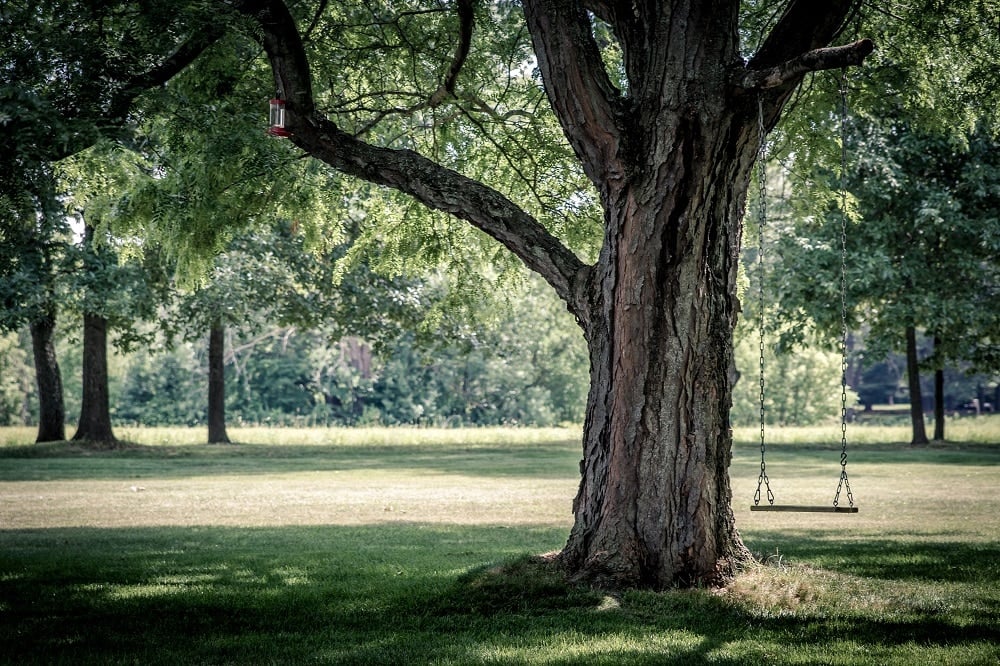
Saving A Diseased Tree
When it comes to diseases, the old saying – prevention is better than cure, still sticks. And it’s not any different for trees. And as such, a healthy tree is naturally more disease-resistant.
Below are a few tips that will keep your trees healthy and growing.
- Avoid applying weed fertilizer on grass located near the tree roots.
- If you mulch close to the tree, leave some space around the trunk to let it breathe and prevent rotting of the wood.
- In case your tree has partially exposed roots, we suggest hand trimming the area instead of using lawn mowers or other yard tools with sharp blades.
- Make sure to water the trees during droughts as otherwise, the roots move upward above the ground in search of water, thereby weakening the root system.
- Proper pruning methods are critical to the tree’s integrity; a misguided cut can leave your tree susceptible to damage and diseases.
- Pruning requirements vary with different species. Consult an arborist or the local nursery for accurate trimming instructions to keep your tree healthy and thriving.
Final Words
That’s all for now!
When it comes to trees or any form of vegetation for that matter, a lot depends on the care and nourishment you provide. While trees are usually self-sufficient, watch out for signs that indicate damage or less than perfect conditions.
To conserve the good health of your trees, keep them safe from human activities that cause structural issues. At the same time, get them thoroughly checked by an expert, ideally in every season. However, if that’s not possible, do so at least twice a year.
In case they show signs of illness, take necessary steps to ensure quick and efficient disease control for trees. On that note, we’d like to take your leave. And we hope this guide could help answer most, if not all, of your queries.
Keep those trees healthy and green. Till next time!




